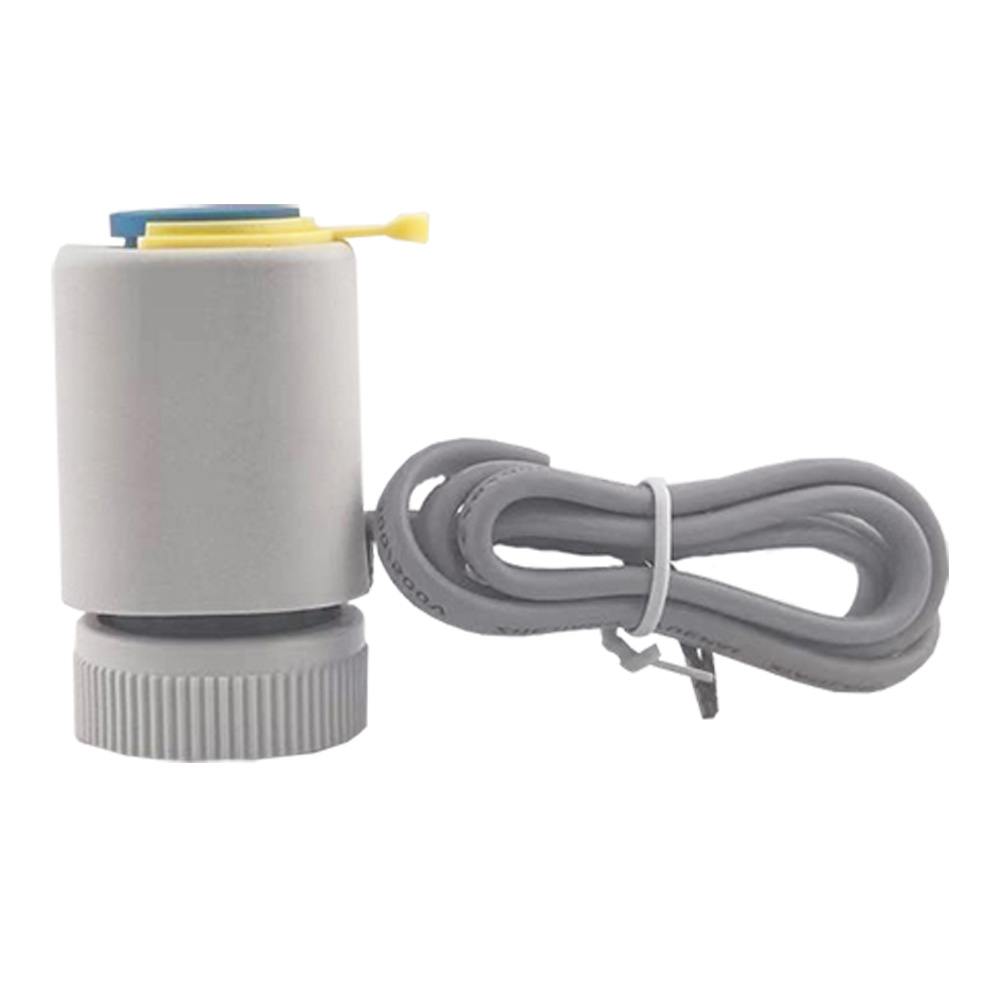1. Check and replace sealing materials:
The leakage problem of electric ball valves is often related to the aging or damage of the sealing material. Regular inspection and replacement of key sealing materials such as gaskets and sealing rings are key to preventing leaks. When replacing, it is necessary to ensure that the selected sealing material is of reliable quality and can adapt to the working pressure and temperature environment of the valve. At the same time, the operating procedures must be strictly followed during the replacement process to ensure that the sealing material is installed correctly to avoid leakage problems caused by improper installation.
2. Check and adjust the installation:
The installation quality of electric ball valve has an important impact on its sealing performance. If installed improperly, the connection between the valve and the pipe may not be tight, resulting in leakage. Therefore, when installing an electric ball valve, you need to carefully check and confirm whether the valve's installation position, connection method, etc. meet the requirements. At the same time, after installation is completed, strict testing is required to ensure that the valve can be completely sealed when closed. If leakage problems are found, the installation position should be adjusted or reinstalled in time to ensure the sealing performance of the valve.
3. Check and replace valve components:
Damaged or worn parts of an electric ball valve can also cause leakage issues. If leakage is found in a valve, you can first check whether key components such as the ball, seat, and stem of the valve are damaged or worn. If problems are found, these parts need to be replaced in time. During the replacement process, it is necessary to ensure that the selected parts are of reliable quality and compatible with the original parts. At the same time, after the replacement is completed, testing is required to confirm whether the sealing performance of the valve has returned to normal.
4. Check and adjust the limit:
The limit setting of the electric ball valve has an important influence on its closing and opening positions. If the limit setting is improper, the valve may not be fully sealed when closed, resulting in leakage. Therefore, when you find a leakage problem, you can check whether the valve's limit setting is correct. If problems are found, adjustments need to be made based on the actual situation. During the adjustment process, relevant operating procedures and safety requirements need to be followed to ensure the normal operation and sealing performance of the valve.
5. Use grease and sealing grease:
Applying an appropriate amount of grease or sealing grease to the key parts of the electric ball valve can improve the sealing performance of the valve. Grease and sealing grease can fill the tiny gaps between the sealing surfaces, reduce friction and wear, and thereby improve the sealing effect of the valve. When selecting grease and sealing grease, make sure it is compatible with the valve material and can adapt to the valve's operating pressure and temperature environment. Apply evenly during the application process to ensure that the grease and sealing grease can fully penetrate between the sealing surfaces.
6. Use lens gasket sealing method:
For the leakage problem of electric ball valves under high temperature and high pressure, the lens gasket sealing method can be considered. This method enhances the seal by adding a lens gasket between the valve and the pipe. The lens gasket has excellent elasticity and sealing performance, which can effectively fill the gap between the sealing surfaces and prevent leakage. When using the lens gasket sealing method, it is necessary to ensure that the quality of the lens gasket is reliable and compatible with the materials of the valve and pipe. At the same time, be careful during the installation process to ensure that the lens gasket can be installed correctly and perform a sealing function.
Dy-7010 Corrosion Resistant Small Brass Electric Solenoid Valve 220V
Suitable for controlling the opening or closing of pipes in cold or hot water air conditioning systems. To achieve the purpose of controlling room temperature. The drive is driven by a one-way tape synchronous motor, which invented a spring return. The valve is normally closed when it is not working. When it needs to work, the thermostat provides an open signal to make the electric valve connect to the AC power supply and act. Open the valve, chilled water or hot water enters the fan coil unit to provide air-conditioning or heating for the room; when the greenhouse reaches the set value of the thermostat, the thermostat powers off the electric valve, and the return spring closes the valve, thereby cutting off the incoming fan Coiled water.


 English
English 中文简体
中文简体








 +0086-18067425071(Wechat)
+0086-18067425071(Wechat) +0086-574-62803230
+0086-574-62803230 Duoye0413@outlook.com
Duoye0413@outlook.com
